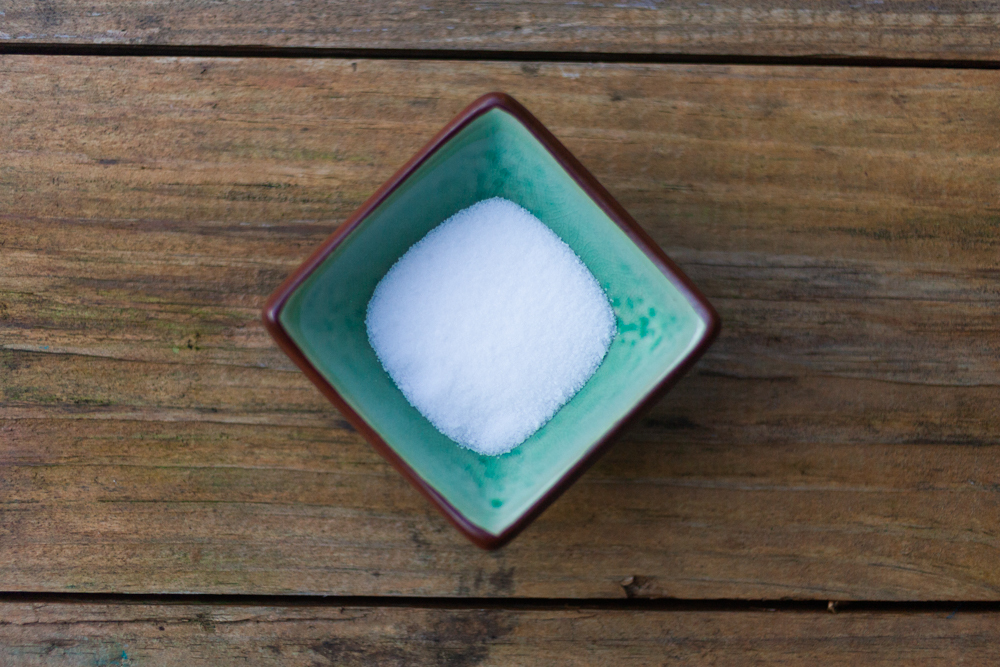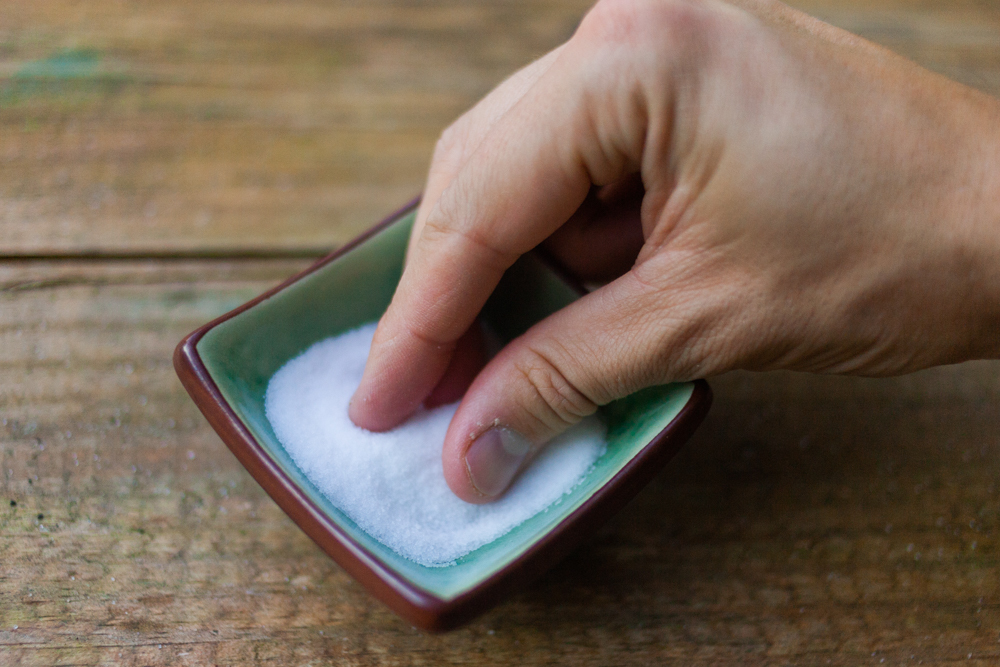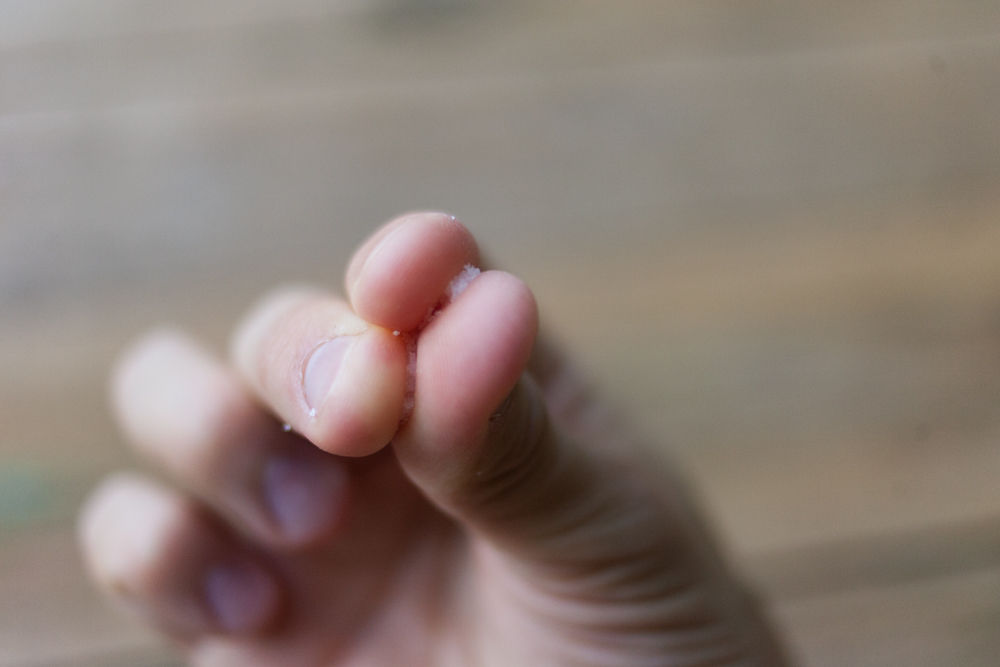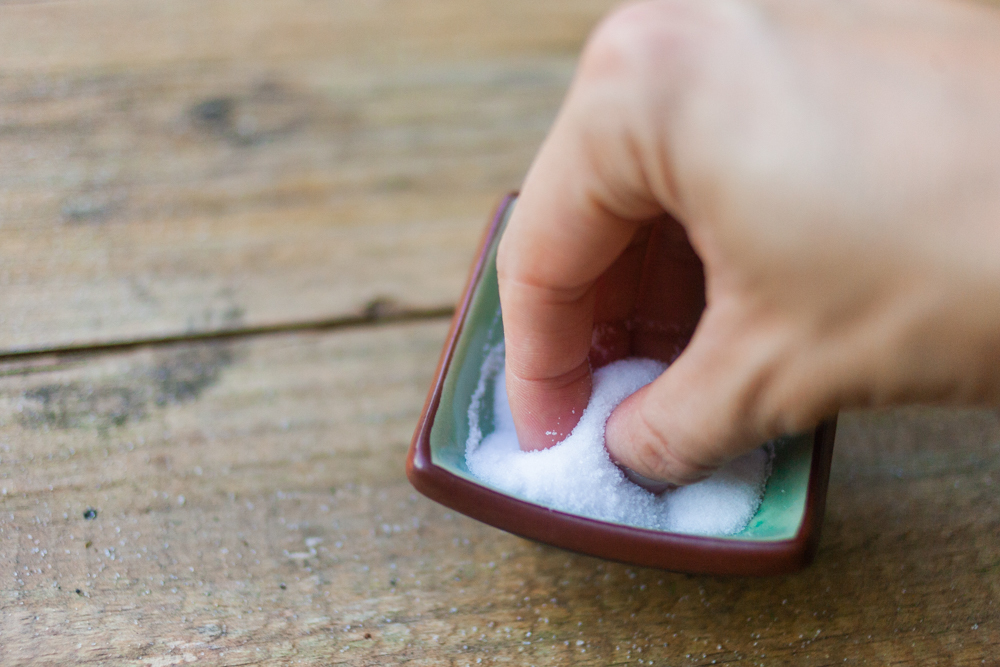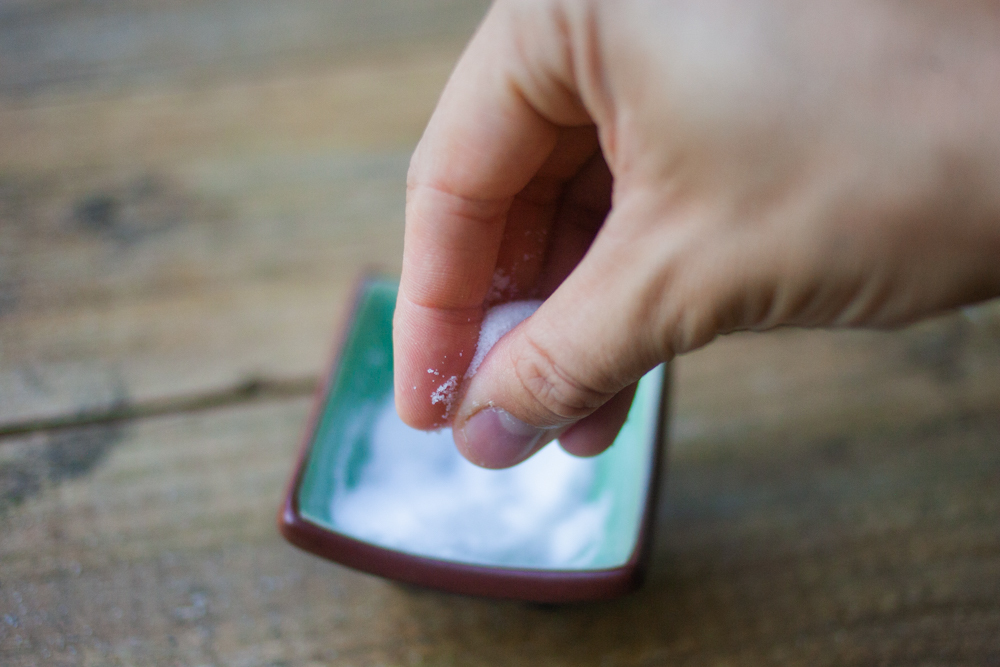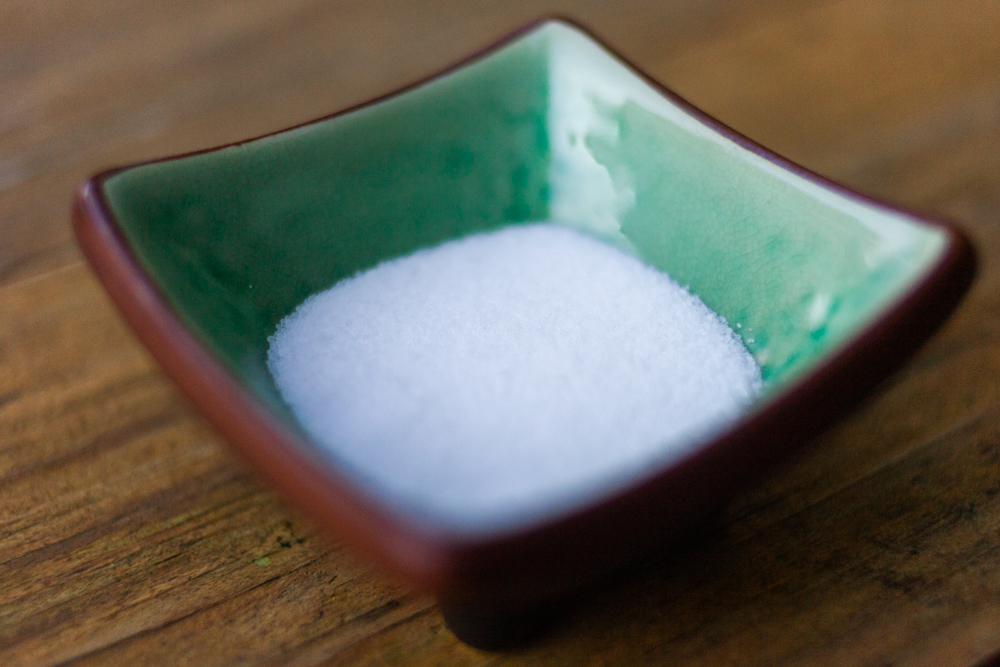This Is the Best Way to Salt Your Food
Salt of the earth. Worth his salt. Take it with a grain of salt…
It doesn’t take much digging into English idioms to recognize a pattern here: salt is valuable. As an essential mineral? Sure. As a time-honored method of food preservation? Yep. But most importantly? It makes your food tasty. I quote Michael Ruhlman in The Elements of Cooking, distilling a conversation with award-winning chef Thomas Keller: “It is true not just for cooks in professional kitchens, but for all cooks in all kitchens, everywhere: learning to salt food properly is the most important skill you can possess.” It doesn’t get any more definitive than that.
The pursuit of properly seasoned food calls for action beyond just salting at the table. See, in my home, salt shakers are mostly for 1) decoration and 2) the occasional ear of corn in July. The reason is that my wife and I salt our food while cooking it. We caution guests to taste their food before they reach for the shaker because if they try to season it at the table, it’ll taste oversalted.
In fact, when we’re cooking, we actually dispense with a shaker entirely… and by the way, forget about the 1/4 teaspoon measure. We use an even simpler set of fundamental tools:
Our fingers.
A cursory glance at techniques for proper seasoning will give you the rule of thumb to salt early, salt often. Every time something new gets added to the pan or pot, take a pinch of salt and toss a very light coating over the entire surface of the food.
It’s all about feel, and the best way to get acquainted with how much salt you’re using is by actually touching it. It’s about committing to memory the feeling of each individual grain between your fingertips, watching your fingers release the grains and hit the food, and then—after a gentle stir to incorporate it—tasting to see the effect the sprinkling had on the flavors you’re trying to draw out and add depth to.
Here’s how to work the pinch:
With your salt in a small bowl or salt cellar, pinch the grains with the tips of your thumb, index finger and middle finger. Roll your thumb against your fingertips as if slowly snapping your fingers. See how the salt sprinkles? Now do it about 6 inches above your pan while moving your hand in a horizontal circle and you’ll get a nice, even coating.
Need to add extra salt? In the case of pasta water, which should be salted like a well-seasoned soup, use all four fingers and thumb:
A note on salt: I’m using regular table salt in this example, but I prefer kosher salt because the bigger grains are a lot easier to handle. This is the best deal out there. (The great thing about this technique, though, is that it works with any kind of salt.)
Of course… rules are made to be broken. My mother-in-law is one of the best cooks I’ve ever met and she does all of her seasoning with a standard shaker filled with iodized table salt. It’s all about what works best for you.
Further reading:
I highly recommend The Elements of Cooking by Michael Ruhlman, which contains eight short essays about cooking fundamentals and a fun quick introduction from the late, great Anthony Bourdain. Each essay is rich in depth of cooking wisdom, and the salt essay is no exception.



